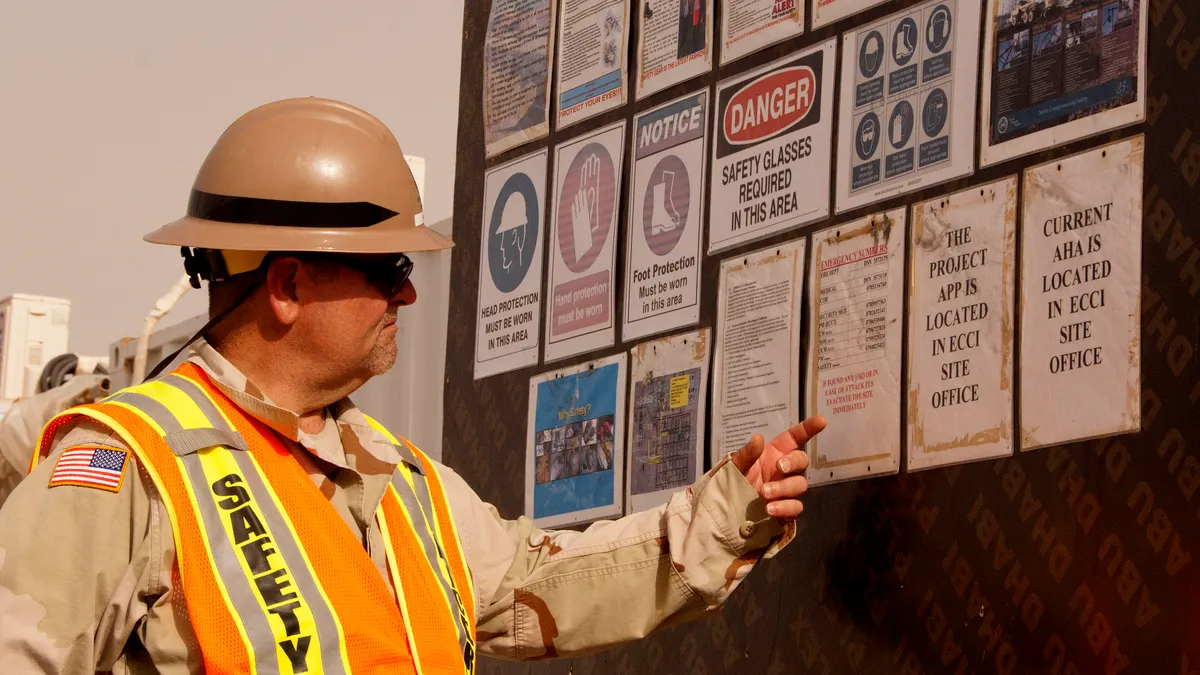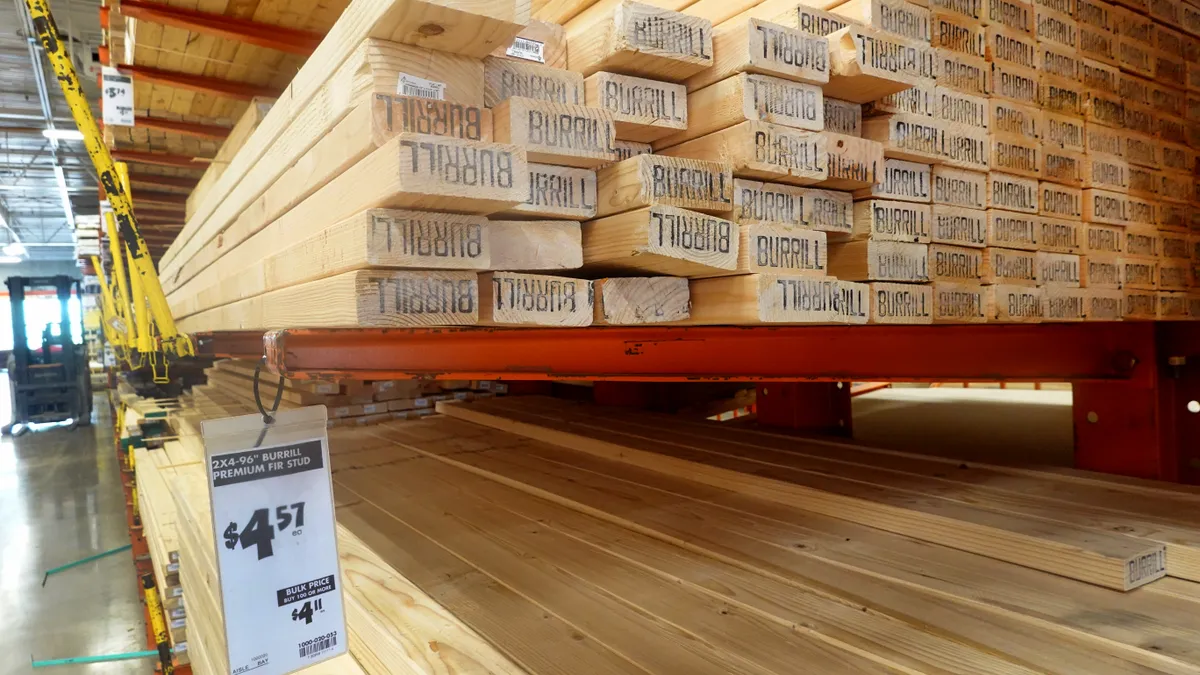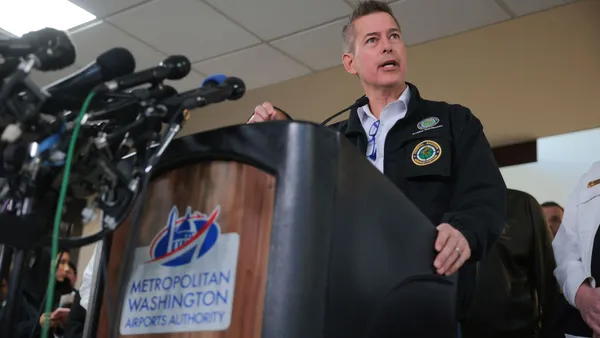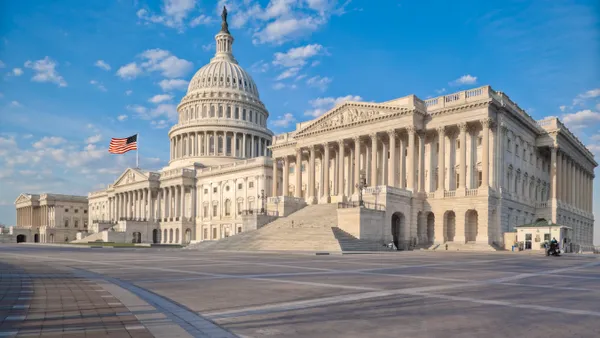UPDATE: Aug. 13, 2018: OSHA has extended some of the general industry compliance dates for the beryllium standard to Dec. 12., 2018. This rule change does not affect the construction industry’s compliance requirements.
The agency rule that allowed the extensions went into effect Aug. 9 and apply only to the standard's secondary provisions connected to methods of compliance, beryllium work areas, regulated areas, personal protective clothing and equipment, hygiene areas and practices, housekeeping, communication of hazards, and recordkeeping.
The extension does not change the permissible exposure limits or change the compliance deadlines for other aspects of the standard like exposure assessment, respiratory protection, medical surveillance and medical removal, which went into effect for the general industry and construction on May 11, 2018.
OSHA standards are split up into four major categories: general industry, construction, agriculture and maritime, with standards sometimes tweaked to better fit the needs and hazards of each. General industry rules apply to all categories except when OSHA has implemented a standard specific to a category that addresses the same hazard. For example, general and construction industry standards differ in the areas of fall protection, confined spaces, personal protective equipment and stairways and ladders.
Dive Brief:
- The OSHA has started enforcement of its new beryllium standard for the construction industry – 60 days past the initial scheduled date.
- In January 2017, OSHA issued its final rule regarding beryllium dust, reducing the permissible exposure limit (PEL) from 2.0 micrograms per cubic meter of air during an eight-hour period to 0.2 micrograms per cubic meter. The rule also required ancillary measures such as medical surveillance, changing rooms and showers under some circumstances. However, in June 2017, OSHA proposed rolling back all construction industry provisions with the exception of the eight-hour PEL and 15-minute short-term exposure limit (STEL) of 2.0 micrograms; so these are the only parts of the rule that the agency will enforce unless it provides notice otherwise.
- When OSHA announced its decision to propose changes to the initial rule revision, the agency said it was doubtful that some of the regulation's requirements would increase construction industry safety. The inhalation of beryllium dust has been linked to lung cancer and other diseases, and OSHA said the new rule would prevent 46 new cases of beryllium-related illnesses and 90 deaths annually.
Dive Insight:
So, what can contractors now expect in the way of beryllium enforcement? Perhaps the best insight comes from OSHA's guidance to its inspectors. In a May 9 memo from OSHA's director of enforcement programs, the agency told inspectors to confirm that the construction employer in question has implemented a suitable respiratory protection program, as outlined in Standard §1910.134.
OSHA also advised inspectors to review employers' written programs, observe conditions on the jobsite and interview employees. If the inspector determines that an employer has not instituted the required safeguards, OSHA advised citing the company for the violation.
OSHA raised its penalty limits in August 2016 and in January of this year. The maximum fine for first-time infractions is $12,934, but companies have the right to contest violations and may have the penalty reduced through abatement or negotiated settlements.
OSHA began enforcement of another new safety regulation —the revised silica rule — Oct. 23. As of April 17, inspectors had issued 116 silica-related citations, with the most frequent infraction being the failure to measure silica levels on the jobsite. The second most-cited violation was for the failure to follow Table 1 of the regulation, which contains 18 procedures that contractors can use instead of monitoring air. The highest penalty proposed for any of these violations was $9,239.













